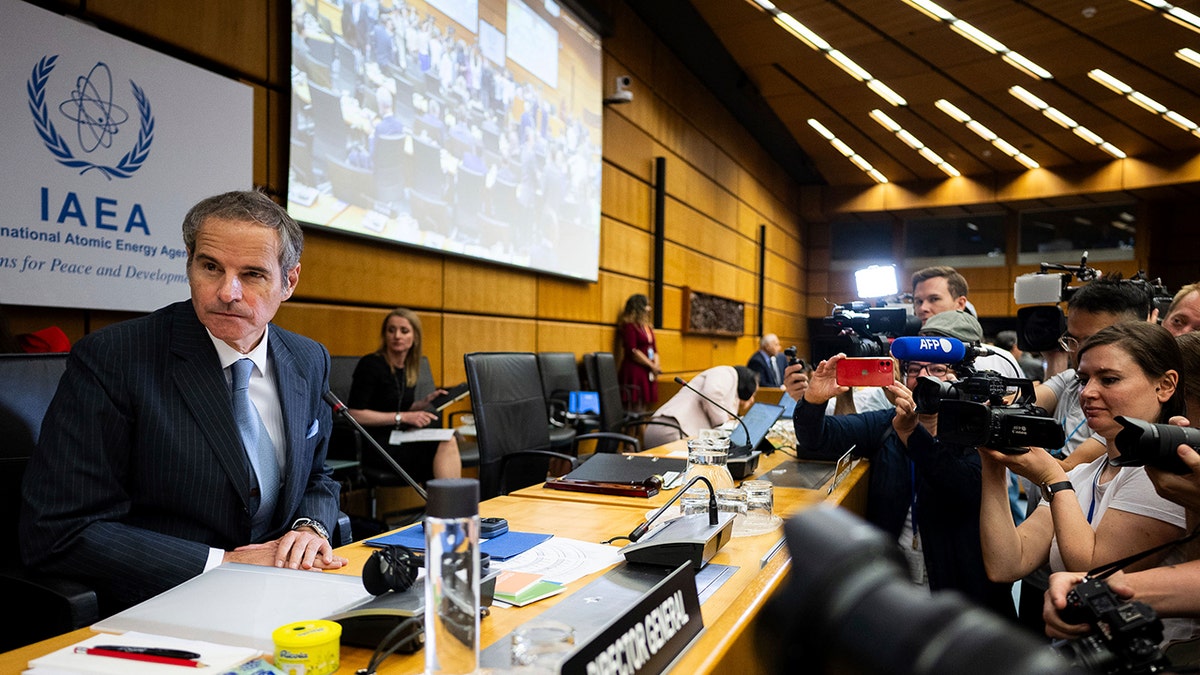Share this @internewscast.com
Iran acknowledged on Sunday that an Israeli strike on Tehran’s notorious Evin prison last week killed dozens of people.
According to a post by Iran’s judiciary spokesperson Asghar Jahangir on the official website of the Mizan news agency, a strike resulted in the deaths of at least 71 individuals, including employees, soldiers, prisoners, and family members who were visiting. However, officials did not specify the exact number of casualties for each group.
The Human Rights Activists in Iran, based in Washington, reported that among the deceased, at least 35 were staff members and two were prisoners. The victims also included a passerby and a woman who had gone to see a judge regarding her imprisoned husband’s case, the organization noted.
Jahangir said some of the injured were treated on site, while others were taken to hospitals. Iran has not said how many were injured.
The status of Iran’s nuclear program remains uncertain, despite President Donald Trump’s claim on June 22 that U.S. strikes had “obliterated” Iran’s nuclear capabilities.
Rafael Grossi, the head of the International Atomic Energy Agency (IAEA), told CBS’ “Face the Nation” in an interview Sunday that Iran’s capacities remain, but it is impossible to assess the full damage to the nuclear program unless inspectors are allowed in, which Iranian officials have not authorized.

International Atomic Energy Agency (IAEA) Director General Rafael Grossi attends an IAEA Board of Governors meeting in Vienna, Austria, on Monday, June 23, 2025. (AP Photo/Michael Gruber)
“It is clear that there has been severe damage, but it’s not total damage, first of all. And secondly, Iran has the capacities there, industrial and technological capacities. So if they so wish, they will be able to start doing this again,” Grossi said.
Grossi said Iran could have centrifuges spinning enriched uranium “in a matter of months.”
“Frankly speaking, one cannot claim that everything has disappeared and there is nothing there,” he said.
















